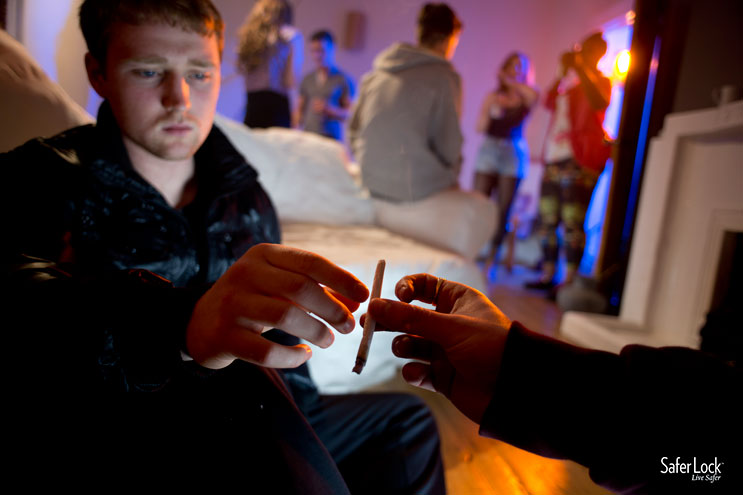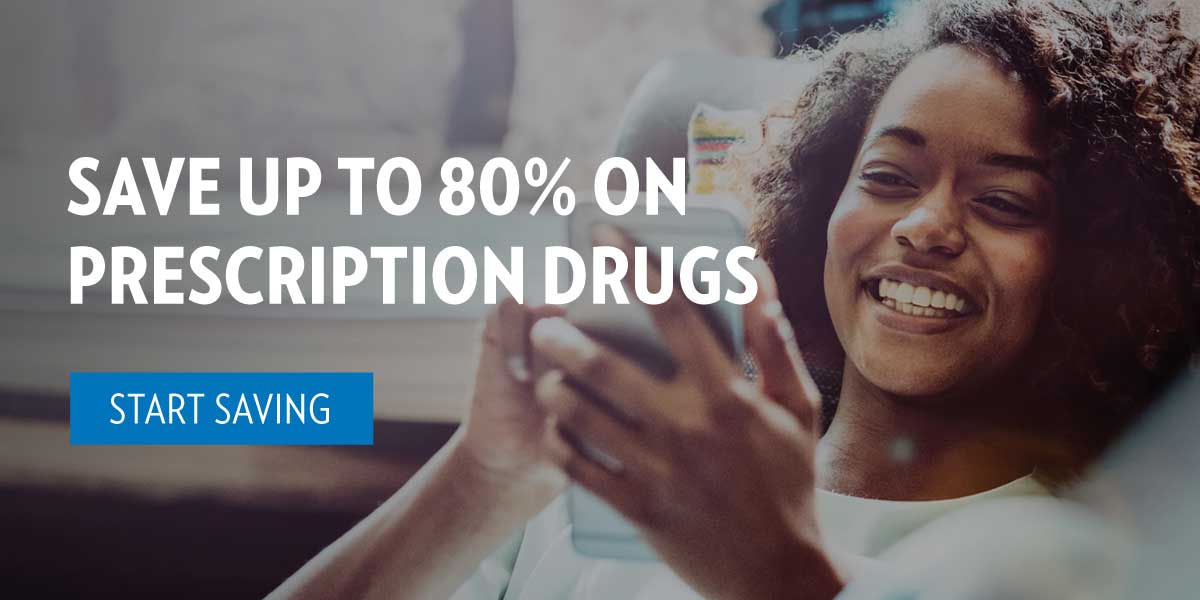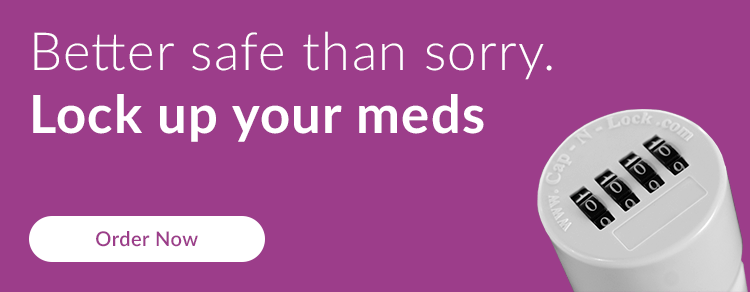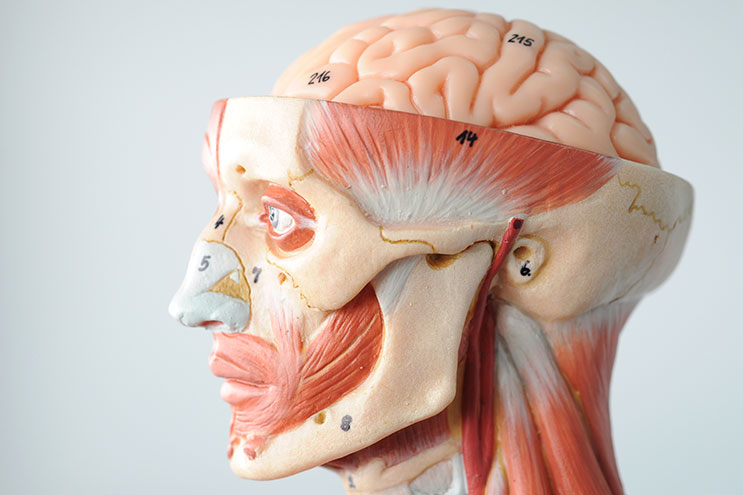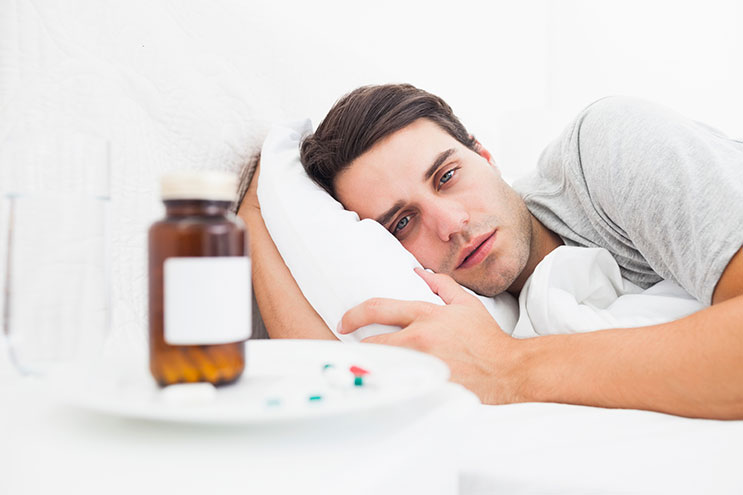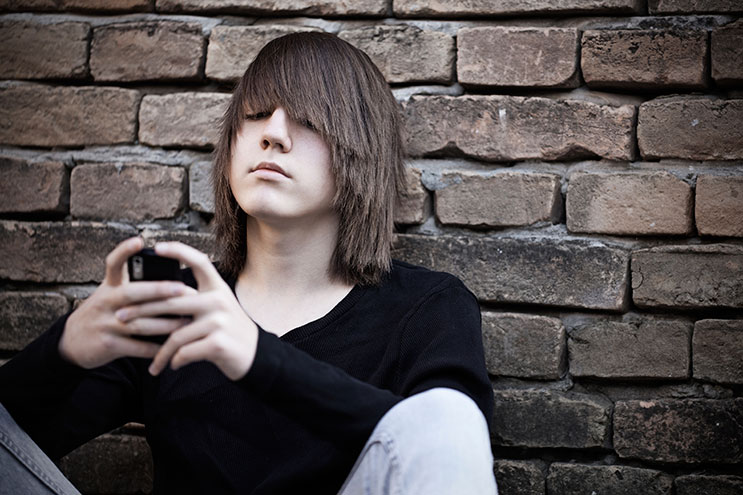Have you ever looked at your teen and wondered what, exactly, is going on inside their head? The teenage brain is still developing, and the way it’s developing can lead to the behavior and actions that you find frustrating, maddening, and even heart-breaking.
There’s more than just willful disobedience going on in there - there are actually scientific reasons for your teen’s unpredictable behavior. So what, exactly, is happening inside your teen’s brain?
Inside the Teen Brain
If you could take a look inside a teenager’s head, you may be surprised at what you found. A construction zone awaits, connections are made and reinforced, chemical messengers are flying, and the brain is “learning” something new every moment.
Upgrading the Equipment
By the time your teen was six years old, his brain had reached 90% of its full size. So when you think of the teen brain as being “under construction,” it is actually more of a remodel. The brain has been built, but between the ages of 12 and 25 it goes through a massive period of remodeling and upgrading. It becomes faster and more sophisticated. But not all at once.
One way the brain upgrades is by increasing signaling speed. Long nerve fibers help neurons communicate with one another, and in the young brain they communicate slowly. These nerve fibers, known as axons, insulate themselves with a fatty substance known as myelin, which supercharges their transmission speed. As your teen’s brain insulates itself, the neurons can begin to communicate at speeds up to a hundred times faster than before.
Unfortunately, this upgrade isn’t happening all over the brain at the same time; it’s happening from back to front. And that can cause some serious problems.
The back region of the brain is the more “primitive” brain, which processes basic functions such as movement, emotion, and rewards. The front end of the brain, the prefrontal cortex, controls functions such as decision making, impulse control, and reason. And this “executive” portion of the brain is still under construction in your teen while the back end is supercharged and performing at full throttle.
Rewards system, emotions, and physical movement mature and ready to go; decision making and logic stalled.
Sound familiar?
Risks, Rewards, and Peer Influence
When your teen has a “what was he thinking” moment, the fully developed rewards system may be playing a big role in his behavior.
And the rewards system of your teen’s brain, while as developed as yours, is actually more responsive and excitable to rewards than an adult brain is.
The Surprising Benefits of Risky Behavior
A recent survey by MADD revealed that 30% of teens have knowingly accepted a ride from a driver who had been drinking in the past year. What is making these teens take such a big risk?
Brain cells communicate through chemicals known as neurotransmitters. Dopamine is a neurotransmitter associated with reward-seeking behavior. Dopamine release is enhanced in the teenage brain, and research has shown that teens receive a higher level of dopamine release when they engage in new, novel, or exciting experiences.
The naturally increased levels of dopamine can actually be a good thing, giving teens a powerful feeling of being alive and encouraging them to engage in life. This rush to experience new things is what eventually propels your teens out of your house, so they don’t end up living in your basement for the next 30 years.
But there is also a downside…
The negative effects of more dopamine in the teen brain is the tendency for your teen to focus more on the benefits of an action, and less on the risks. Teens understand the risks just as well as you do. The siren-song of fun just simply outweighs the warning signs of potential trouble.
And when your teen’s brain wants to experience the release of dopamine that it has come to associate with new, novel, or exciting experiences… the potential “fun” of drug use may overcome any perceived risks.
Unfortunately, drugs also stimulate the release of dopamine in your teen’s brain. So your teen is experiencing the “reward” of a novel, fun, or taboo experience in the form of increased dopamine release, and then the drugs themselves trigger even more dopamine release. Your teen’s brain quickly learns that drugs make it feel good, and it seeks out more of that behavior.
This is why teenagers are more susceptible to addiction than adults; the teen brain is simply primed for addiction.
The Ultimate Reward: Peer Approval
The final piece to the puzzle when it comes to your teen’s behavior comes not so much from inside their brain as outside of it. Peer approval is a powerful force during the teenage years.
According to the Association for Psychological Science, the feedback teens get from their friends and peers may tune the brain’s reward system to be more sensitive to the rewards of risky behavior.
In other words, just being around his friends will make your teen seek out riskier actions.
In one study, researchers found that young teens (14 years old) took twice as many risks in a simulated driving game when they were with their peers than when they were tested alone. Brain scans revealed more activation in the rewards center of their brains when their peers were present.
Your teen’s drive to be accepted and influenced by his friends is not necessarily a bad thing. It’s a natural part of his relationship development skills. And peer influence can be positive; if your teen’s friends are all involved in school, community, and extracurricular activities and don’t engage in substance use, this influence can have a positive impact on his behavior.
The next time you are completely baffled by something your teen has done, remember that his brain is still being remodeled and upgraded. He doesn’t process decisions the same way you do, and the benefit of a certain action is more likely to outweigh the risk involved. His peers are also having a very heavy influence on his behavior.
Most importantly, your teen is at a higher risk for addiction from drug, alcohol, and nicotine use while his brain is developing. Talk to your teen about the dangers of drug use, and take action to help protect him from himself. Lock up prescription drugs that are in the house, don’t encourage alcohol or drug use in the home, and be on the lookout for signs of drug use from your teen. A little bit of knowledge about what is happening inside his head may help you navigate safely and sanely through the teen years.
